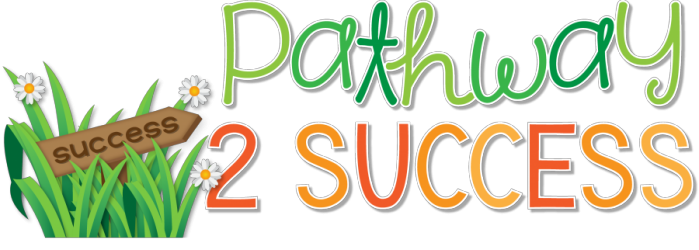
A coping strategies binder is a resource to help calm kids and young adults who are feeling angry, anxious, sad, or stressed. Within the binder, kids add coping strategies that work best for them, such as listening to music, drawing, practicing yoga, or using positive self-talk. Those really are just a few out of many coping strategies that can work for kids. The pages in the binder can include pictures, drawings, or steps to help remind them about the strategy. Best of all, the binder can be housed at a calm down center. Kids can also create duplicate binders to keep in specific classes, the office, the counseling area, or even at home.
If you already love this idea and want an easy way to get started right away, check out my Coping Strategies Notebook. It includes pre-made coping strategies notebook pages for over 20 strategies, such as listening to music, chewing gum, taking deep breaths, writing in a journal, and so much more. If you are working with older students, consider the Coping Strategies Notebook for Middle & High School.
Whether you choose to purchase a pre-made notebook or make your own, coping strategies notebooks can be a great tool for teachers, counselors, administrators, and even parents.
Here is how to make a coping strategies notebook:
1. Gather 1 binder for each student who will be making a coping strategies notebook. While it is possible to have one classroom coping strategies notebook, it’s best for each child to have their own. The reason for this is so that each child or young adult can select their own individualized coping strategies to add into the binder.
2. Have students design a cover page for their binder. This is important to help kids take ownership of their individual binders.
3. Explain and discuss coping strategies. You can use a free list of 100 coping strategies or develop a list of your own.
4. Identify specific coping strategies that will work for the child or young adult. It’s great to let kids choose their own strategies, but an adult might need to guide kids, too. You will probably have a good idea about what will work best for the student and the setting.
5. Create one notebook page for each strategy. Use this free Coping Strategies Notebook Sampler to print a coping strategies template page, along with sample cover pages. Have students list the steps for performing the coping strategy. It’s helpful for students to take this time to think about how the strategy will help them, too.
6. Take time to practice each strategy. It’s critical to practice coping strategies when the child is calm, so that they can use the strategies in times of stress. While practicing, you can even take a picture of the child performing the coping strategy and add it into the binder. For example, if listening to music is a strategy that helps, take a photo of the child listening to music with headphones on. Print it and add it right to the notebook.
7. Continue with several coping strategies that may work for the student. It’s great to try a variety of strategies so see what works best for each individual student. It’s very important to note that what works well for one child may not work well for another.
8. Keep the binder in a calming zone or place the child can go during times of anger, anxiety, or stress. Encourage students to use the binder to remind them of their strategies when they are feeling upset or stressed.
To get started right away, try this Free Coping Strategies Notebook Sampler with sample pages you can fill out and use with your students. If you need pre-made coping strategies notebook pages and differentiated materials, consider the Coping Strategies Notebook for elementary kids, or the Coping Strategies Notebook for middle and high school kids. Both the elementary and middle/high school versions include everything a counselor, teacher, or parent needs to implement a coping strategies notebook of their own.











I am a school counselor and I think this is awesome,,,
Thanks! I hope you check out the free notebook and give it a try this year with some of your students. Let me know how it goes!
This is fantastic.
THANK YOU for sharing your ideas- They all sound great and are workable for such a variety
of ages. I have started this projected several times but I have yet to complete it for my students @ different grade levels.
I am a school social worker and your sharing of ideas has inspired me to complete my project. Excellent material for student support groups.
Thank so much for your feedback! Sometimes it’s so hard to find the time to do these activities with kids. As a middle school teacher, I struggled with that because academics are important. In many cases, though, I found that if I didn’t make the time for the social-emotional work, there was less progress made with the academics anyway. It’s always a tough balance. And I’m sure in your case working with all students, that’s just another layer. I hope it works out for you. Feel free to let me know how it goes!
Love this product! Will definitely be incorporating this in my 1-3 ED classroom this upcoming school year!
Thank you for sharing your wealth of knowledge on SEL. I have been pleased with the quality of your hard work! I am definitely using them with my students. :)